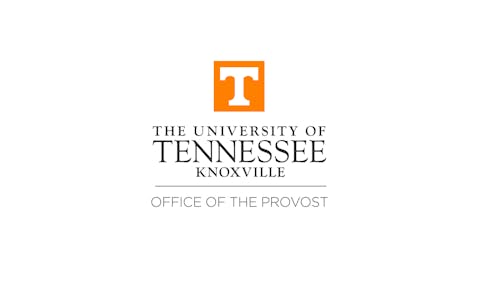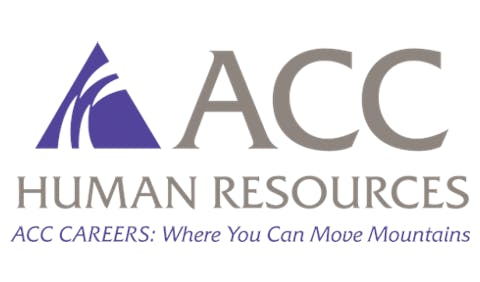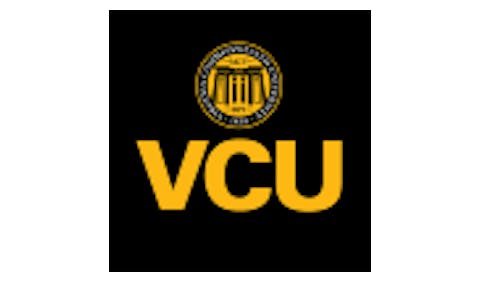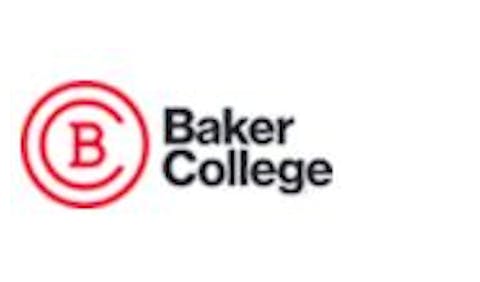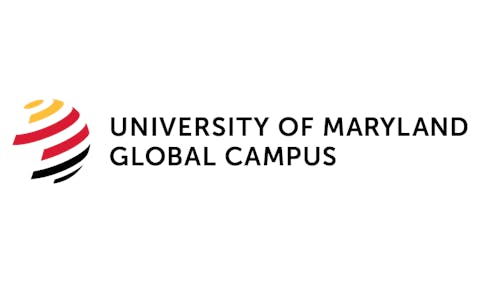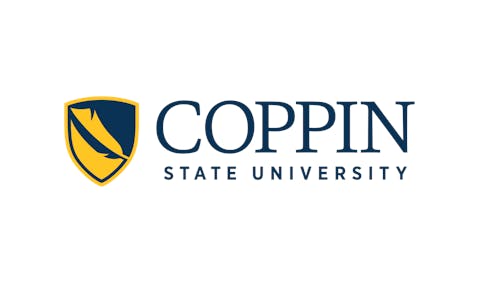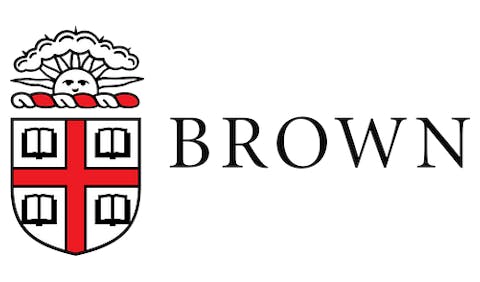 Dr. Ted Mitchell
Dr. Ted Mitchell
The American Council on Education (ACE) and the Carnegie Foundation for the Advancement of Teaching announced two major updates: a revised "Institutional Classification" replacing the historic Basic Classification, and an entirely new "Student Access and Earnings Classification" system that measures how effectively institutions create opportunities for students.
This represents the most substantial overhaul of the Carnegie Classifications since their inception in 1973, moving beyond categorizing institutions primarily by their highest degree offered to a multidimensional approach that considers size, degree types, and fields of study.
"With this redesign of the Carnegie Classifications, we set out to measure what matters," said Mushtaq Gunja, executive director of the Carnegie Classification systems and senior vice president at ACE. "Nowadays, institutions can't be reduced down to the highest degree they award because they exist to serve a wide range of students in a wide variety of ways."
The new Student Access and Earnings Classification specifically evaluates how well institutions enroll students from their surrounding communities and whether graduates earn competitive wages after completion. This focus on student outcomes reflects growing concerns about higher education's return on investment amid rising costs and student debt.
"The majority of students apply to college with the hope it is a path to opportunity, and the job they've dreamt about," said Timothy Knowles, president of the Carnegie Foundation. "This work is about ensuring that institutions are recognized when they empower students to reach their goals and succeed."
The redesign introduces a notable new designation: "Opportunity Colleges and Universities." This recognition was awarded to 479 institutions that demonstrate exceptional performance in providing access and economic mobility. These schools will serve as models for studying successful approaches to student success.
“Being named an Opportunity University is a powerful reminder of what we’ve always believed at Holy Family—education changes lives,” said Dr. Anne Prisco, president of Holy Family University, located in Philadelphia. “We’re proud to open doors for our students and their families, and even prouder to see them walk through and thrive.”
Higher education experts note that the timing of these changes coincides with increased scrutiny of college outcomes from policymakers, families, and students themselves.
The new classification system's methodology accounts for geographical context, comparing institutions to peers in similar settings rather than using one-size-fits-all metrics. This approach recognizes the varied missions and student populations of institutions across urban, suburban, and rural environments.
"Hundreds of institutions nationwide are providing students an excellent opportunity to use higher education as a springboard to a better life," said Dr. Ted Mitchell, president of ACE. "The Student Access and Earnings Classification highlights the depth and breadth of schools where student success is front and center."
The revamped classifications come after three years of extensive consultation with higher education stakeholders, economists, and experts. The development process included thousands of conversations to refine the methodologies and ensure their relevance across the diverse landscape of American higher education.
For historically underrepresented serving institutions, including Minority Serving Institutions, these changes could provide new ways to demonstrate their value beyond traditional metrics that have often favored wealthier, more selective institutions.
The Carnegie Classifications have significant influence in higher education, affecting everything from institutional marketing to federal funding eligibility. How these new classifications will impact institutional behavior and student choice remains to be seen, but they represent a decisive shift toward measuring colleges and universities by their ability to create economic opportunity for the communities they serve.










